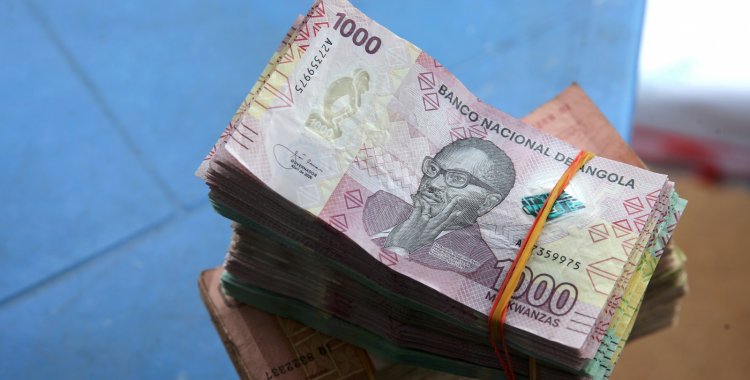According to BMA analysis, released this Monday, excess reserves (part of the total banking reserve that exceeds mandatory reserves) of Angolan banks in July totaled 614.73 billion kwanzas, an accumulated reduction of 12.34 percent.
For BMA economists, this decrease in the volume of excess reserves - which represent an essential indicator of liquidity available in financial institutions for their profitability strategies - "is a warning sign about the financial health of the banking system and operational capabilities".
In this analysis consulted by Lusa, experts from the banking institution say that the composition of excess reserves reveals important aspects of the country's financial structure.
They point out that approximately 82 percent of these reserves are in foreign currency, despite recording a reduction of 10.12 percent compared to the previous period, a dependence that can be attributed to the volatility of the economy and exchange rate fluctuations.
According to the analysis, the national currency (kwanza) corresponds, on the other hand, to 17.53 percent of the aforementioned reserves and this suffered a sharp contraction of 21.44 percent in that period.
This scenario "suggests that local currency liquidity is becoming increasingly scarce, which could directly impact the ability of financial institutions to implement various monetization strategies," they note.
Financial institutions in Angola have adopted several strategies to make their surplus reserves profitable, namely by purchasing foreign currency for subsequent negotiation with clients, investing in Treasury Bonds, granting credit to the economy, investing abroad and exchanging liquidity with other financial institutions, highlights the BMA.
According to the study by Banco Millennium Atlântico, the depreciation of the kwanza, "which intensified from the second half of 2024", had an impact on liquidity in national currency.
BMA economists argue that this devaluation of the kwanza increases the need for liquidity in local currency, leading to greater absorption of resources, noting, however, that the interdependence between exchange rate policy and liquidity in the financial system "is evident".
"Effective management of these issues is crucial for economic stability. Additionally, the increase in the ratio of required reserves in national currency by three percentage points to 21 percent in the current year also impacted excess reserves," the experts write.
The analysis states, on the other hand, that Treasury financing revenues reached 861.36 billion kwanzas, in the first half of 2024, which represented approximately 18.61 percent of the total of 10,003.84 billion kwanzas foreseen in the 2024 General State Budget (OGE).
"The execution of revenues below expectations reflects the challenges faced by the National Treasury in raising resources", adds the BMA.







